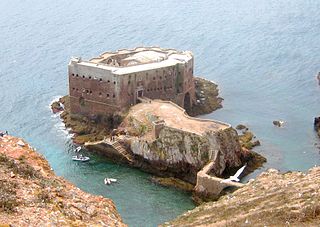 W
WThe Second Anglo-Dutch War or the Second Dutch War was a conflict between England and the Dutch Republic partly for control over the seas and trade routes, where England tried to end the Dutch domination of world trade during a period of intense European commercial rivalry, but also as a result of political tensions. After initial English successes, the war ended in a Dutch victory. It was the second of a series of naval wars fought between the English and the Dutch in the 17th and 18th centuries.
 W
WThe Four Days' Battle, also known as the Four Days' Fight in some English sources and as Vierdaagse Zeeslag in Dutch, was a naval battle of the Second Anglo-Dutch War. Fought from 1 June to 4 June 1666 in the Julian or Old Style calendar that was then used in England, in the southern North Sea, it began off the Flemish coast and ended near the English coast. It remains one of the longest naval engagements in history. Dutch accounts referred to its dates as 11 June to 14 June 1666 by using the New Style calendar.
 W
WHolmes's Bonfire was a raid on the Vlie estuary in the Netherlands, executed by the English Fleet during the Second Anglo-Dutch War on 19 and 20 August 1666 New Style. The attack, named after the commander of the landing force, Rear-Admiral Robert Holmes, was successful in destroying by fire a large merchant fleet of 140 ships. During the same action, the town of West-Terschelling was burnt down, which caused outrage in the Dutch Republic.
 W
WThe Battle of Mątwy was the biggest and bloodiest battle of the so-called Lubomirski Rokosz, a rebellion against Polish King John II Casimir, initiated by a magnate and hetman, Jerzy Sebastian Lubomirski. It took place on 13 July 1666 in the village of Mątwy, and ended in rebel victory. The royal army of the Polish–Lithuanian Commonwealth lost almost 4000 of its best and most experiences soldiers, who were murdered by Lubomirski's men. Rebel losses are estimated at approximately 200.
 W
WThe Battle of Rullion Green in the Pentland Hills, in Midlothian, Scotland on 28 November 1666 was the culmination of the brief Pentland Rising. At least 3000 men of the Scottish Royal Army led by Tam Dalyell of the Binns opposed about 900 armed Covenanter insurgents.
 W
WSt James' Day Battle took place on 25 July 1666 — St James' day in the Julian calendar then in use in England, during the Second Anglo-Dutch War. It was fought between fleets of England, commanded jointly by Prince Rupert of the Rhine and George Monck, 1st Duke of Albemarle, and the United Provinces commanded by Lieutenant-Admiral Michiel de Ruyter. In the Netherlands, the battle is known as the Two Days' Battle.
 W
WThe Battle of Berlengas was fought in 1666 during the Portuguese Restoration War, between the Portuguese defenders of the Fort São João Baptista and a Spanish fleet commanded by Diego de Ibarra. The fleet, which had destroyed Portuguese fisheries, bombarded towns and cut off supplies in one month as part of its onslaught, proceeded to storm the fort on the Berlengas. The fort was destroyed and the entire garrison were captured.